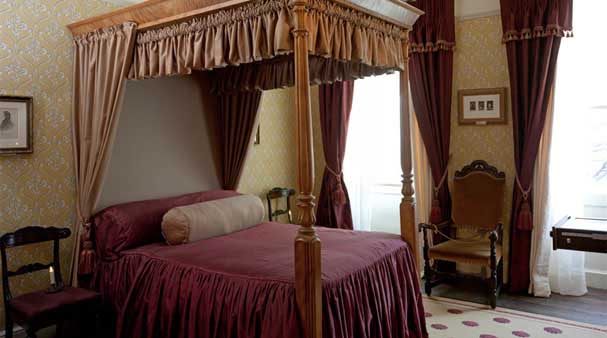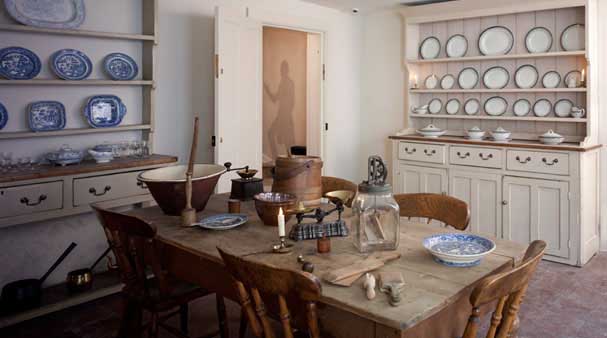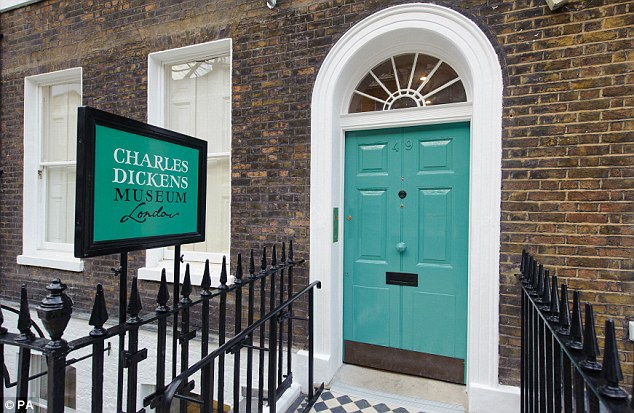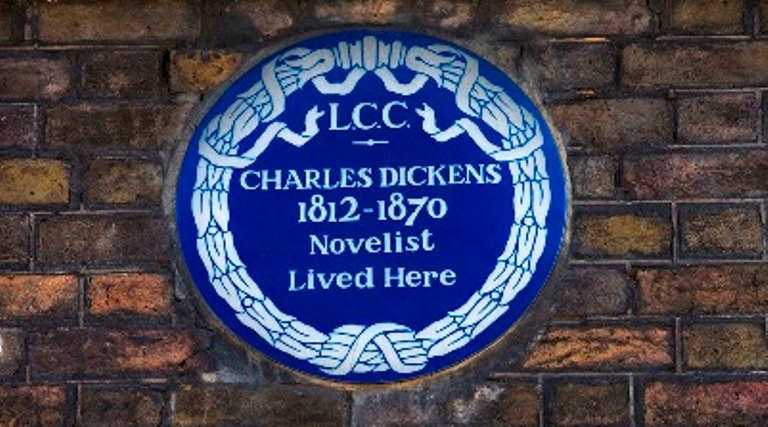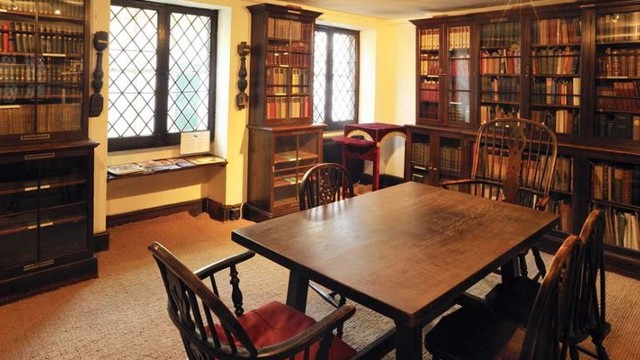Thoroughly enjoyed the visit which included dining by candlelight but will probably go again in the day light to see what I was missing
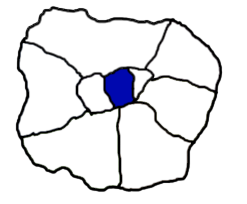
 PIN
Charles Dickens Museum
PIN
Charles Dickens Museum
Feel Dickens`s Presence
The Charles Dickens Museum in Bloomsbury is the only remaining London home of Charles Dickens and today, his beautiful Georgian terraced house attracts visitors from around the world. As a Museum, it holds the world’s most important collection relating to Dickens, who was not only a great novelist but also a tireless social campaigner.
Visitors can see where he wrote, where he dined and where he and his wife Catherine entertained their many guests. All the sights, sounds and scents of his family home can be enjoyed. The rare books, paintings, photographs and personal objects on display here give a unique insight into his life and work.
‘My house in town’, as Dickens referred to 48 Doughty Street, was an important place in the writer’s life: within these walls his eldest two daughters were born, his sister-in-law Mary died aged 17 and some of his best-loved novels were written, including Oliver Twist. It was in this house that he achieved lasting celebrity and universal recognition as one of the world’s greatest storytellers.
His Family
Charles Dickens and his wife Catherine lived here with the eldest three of their ten children, with the older two of Dickens' daughters, Mary Dickens and Kate Macready Dickens being born in the house.
A new addition to the household was Dickens' younger brother Frederick. Also, Catherine's 17-year-old sister Mary moved with them from Furnival's Inn to offer support to her newly married sister and brother-in-law. It was not unusual for a woman's unwed sister to live with and help a newly married couple . Dickens became very attached to Mary, and she died in his arms after a brief illness in 1837. She inspired characters in many of his books, and her death is fictionalized as the death of Little Nell. Dickens had a three-year lease (at £80 a year) on the property. He would remain here until 1839 after which he moved on to grander homes as his wealth increased and his family grew. However, this is his only surviving London house.
The two years that Dickens lived in the house were extremely productive, for here he completed The Pickwick Papers (1836), wrote the whole of Oliver Twist (1838) and Nicholas Nickleby (1838–39) and worked on Barnaby Rudge (1840–41)
History
The building at 48 Doughty Street was threatened with demolition in 1923, but was saved by the Dickens Fellowship, founded in 1902, who raised the mortgage and bought the property's freehold. The house was renovated and the Dickens House Museum was opened in 1925, under the direction of an independent trust, now a registered charity. The museum has since been renamed the Charles Dickens Museum.
Spread over four floors, the Charles Dickens Museum holds the world's most important collection of paintings, rare editions, manuscripts, original furniture and other items relating to the life and work of Dickens. Perhaps the best-known exhibit is the portrait of Dickens known as Dickens' Dream by R. W. Buss, an original illustrator of The Pickwick Papers. This unfinished portrait shows Dickens in his study at Gads Hill Place surrounded by many of the characters he had created.
Tags
- Museum
- , Culture
- , Downtown Westminster
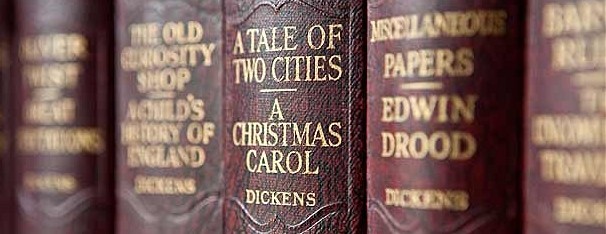


 Facebook
Facebook Twitter
Twitter Tumblr
Tumblr Google+
Google+ Pinterest
Pinterest LinkedIn
LinkedIn







